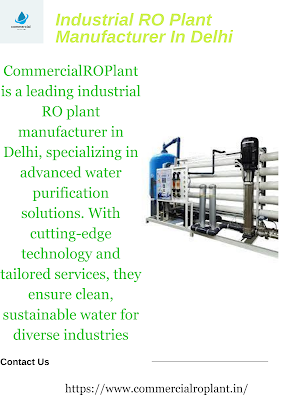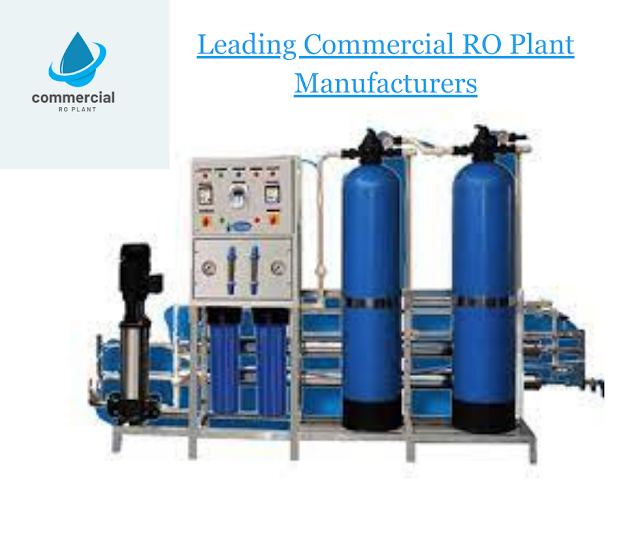How Do You Maintain A RO Plant?
The system works on the principle of osmosis, in which the osmotic pressure is reversed and water is driven through a semi-permeable membrane. This semi-permeable membrane removes a significant percentage of pollutants; around 95%-99% of the dissolved salts remain in the reject stream. The amount of salt in the feed water determines the water pressure. To overcome the osmotic pressure, a higher concentration necessitates a higher pressure. The water becomes more concentrated as it flows across the membrane during the osmosis process. This aids in achieving balance on both sides.
RO membrane
The membrane filter acts as a shield, keeping pollutants
out of the water. Filter membranes come in a variety of configurations. RO
membranes, UF or Ultrafiltration membranes, Nanofiltration membranes, and so on
are all available.
A semi-permeable membrane is used in reverse osmosis to allow water molecules to flow through. The membrane separates the water into different routes in this way. This Nanofiltration method operates in the same way as reverse osmosis, however, the results aren't as fine.
Why is RO maintenance important?
It is beneficial to maintain your reverse osmosis system on a regular basis in order to ensure optimal operation and avoid unexpected equipment failure. This also extends the life of the RO system.
Maintenance tips for RO
1. Change Ro Membrane: A sediment/carbon prefilter is commonly included in all RO systems to minimise chlorine so that it does not come into contact with the membrane. The membrane will be destroyed by chlorine, and you'll need to replace it as soon as possible. It is critical to ensure that the carbon filter has sufficient capacity. A decent rule of thumb is to update it at least once a year. In some places where the city water supply contains a lot of chlorine, you might have to change the prefilter every six months instead of every year. Filter adjustments on a regular basis help to protect the membrane.
The reverse osmosis system's heart is
the RO membrane. It distinguishes between the pollutants and the water
molecules. The RO membrane is protected by the filters. The type of water that
enters your RO system determines how often you should change the membrane. You
can use a TDS metre to see if your RO membrane is working properly. The
membrane's rejection can be compared. You can tell the membrane is nearing the
end of its life when it starts to get worse. Hard water membranes need to be
replaced every two to three years. If you update the prefilters and
postfilters, a membrane on soft water can last five to seven years.
2. Drain
Ro Storage Tank: Draining
the tank allows the RO system to turn the water fully. The device only refills
the top portion of the tank when you only consume a small amount of water. The
RO system has a hard time getting water into that tank, and the rejection isn't
as good as it was when it was empty. If you don't use a lot of water, drain the
tank every few weeks to replace the water and keep it in good shape.
3. Sanitize
Ro Storage Tank: Make
sure to sterilise the tank whenever you replace the RO membrane. After a
period, all of the tanks start to grow slime. To get rid of slime, run a
cleaning solution through the system every other year.
CONCLUSION
If the maintenance of RO system is done properly then
it will increase the life span of a RO system which also results in cost
effective for the customers.
Netsol Water Solution is the renowned manufacturer of
water treatment systems in India, which provide easy and proper maintenance of
their products to their customers.
Call us on +91 9650608473
or contact via email at enquiry@netsolwater.com




Comments
Post a Comment